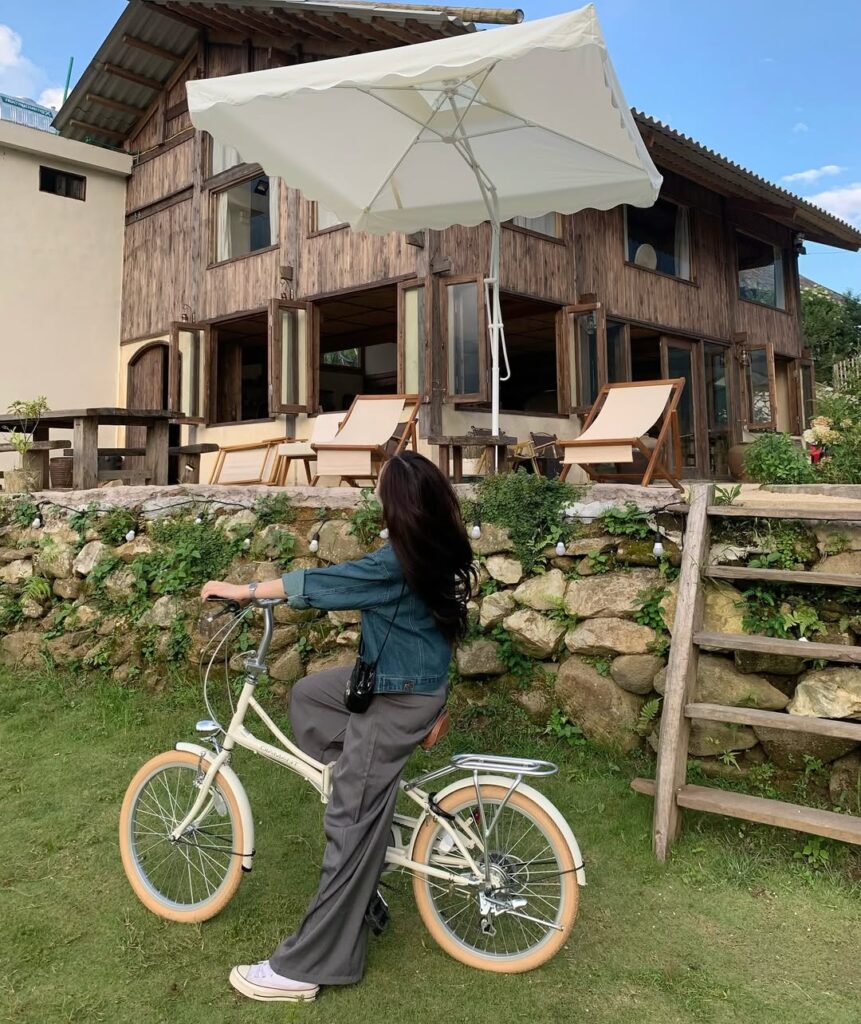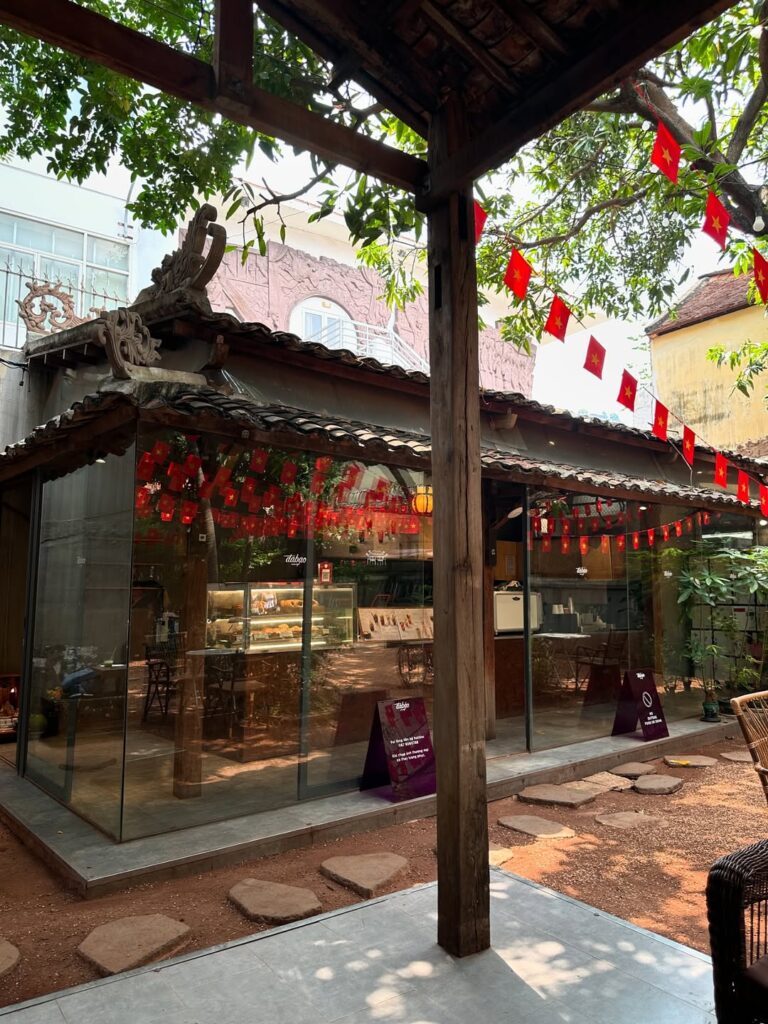Advertisements
Did you know that Vietnam’s consumer market is projected to reach $482 billion by 2025? That stat blew my mind when I first stumbled across it during one of my late-night research binges. As someone who’s been tracking global branding trends for years, I’ve watched Vietnamese cultural identity become this incredible force that’s literally transforming how international brands approach their strategies.
Look, I’ll be honest – I used to think Vietnamese brand identity was just about pho and traditional clothing. Boy, was I wrong! The way Vietnamese heritage is being woven into global marketing campaigns has become one of the most fascinating phenomena I’ve witnessed in my career.
The Cultural Revolution That Caught Everyone Off Guard

Three years ago, I was consulting for a major fashion brand that was struggling in the Asian market. Their biggest mistake? They were treating Vietnamese consumers like they were just another demographic checkbox to tick off.
Vietnamese cultural identity runs so much deeper than surface-level aesthetics. It’s about family values, respect for tradition, and this beautiful balance between honoring the past while embracing innovation. When brands finally started getting this, everything changed.
I remember working with a tech company that decided to incorporate Vietnamese storytelling traditions into their product launches. The results were insane – engagement rates jumped by 340% compared to their previous generic campaigns. Sometimes the most obvious solutions are hiding right in front of us, you know?
Real Brands Making Real Moves
Nike’s collaboration with Vietnamese designers for their Air Jordan Vietnamese New Year collection was pure genius. They didn’t just slap some red and gold colors on a shoe and call it a day.
Instead, they worked with local artists to understand the deeper meaning behind Tet celebrations. The campaign featured real Vietnamese families sharing their traditions, and honestly, it made me tear up a little. That’s what happens when brands stop treating culture like a costume and start treating it like a conversation.
Another company that absolutely nailed it was Unilever with their Vietnamese market strategy. They realized that beauty standards in Vietnam aren’t just about looking good – they’re about feeling connected to your heritage while still being modern and confident.
The Authenticity Challenge (And Why Most Brands Fail)
Here’s where I see brands mess up constantly: they think they can fake cultural authenticity. Trust me, I’ve been there – I once advised a client to use Google Translate for their Vietnamese campaign slogans. The backlash was swift and brutal, and I deserved every bit of criticism we got.
Vietnamese consumers are incredibly savvy. They can spot inauthentic cultural representation from a mile away. When brands try to force Vietnamese identity into their messaging without understanding the nuance, it backfires spectacularly.
The key is collaboration, not appropriation. Work with Vietnamese creators, designers, and cultural consultants from the very beginning of your campaign development. Don’t just hire them to check your work at the end – that’s like asking someone to fix a recipe after you’ve already burned the kitchen down.
Digital Transformation Meets Traditional Values
What’s really exciting is how Vietnamese brands are using digital platforms to share their cultural stories globally. Social media has become this incredible bridge between traditional Vietnamese values and modern brand building.
I’ve been following several Vietnamese startups that are crushing it internationally by staying true to their roots. They’re not trying to become Western brands – they’re proudly Vietnamese brands that happen to have global appeal. There’s a huge difference, and consumers are responding positively to this authenticity.
The rise of Vietnamese influencers and content creators has also been game-changing. They’re not just promoting products; they’re sharing cultural experiences that resonate with both Vietnamese diaspora communities and international audiences curious about Vietnamese culture.
Building Bridges, Not Walls
Vietnamese identity in global branding isn’t about creating exclusive clubs or gatekeeping culture. It’s about building connections and sharing stories that bring people together.
Some of my favorite campaigns have been the ones where Vietnamese cultural elements were used to explore universal themes like family, perseverance, and community. These campaigns worked because they didn’t treat Vietnamese identity as exotic or foreign – they treated it as human.
Remember, cultural branding isn’t about checking diversity boxes. It’s about recognizing that Vietnamese perspectives and experiences add genuine value to global conversations. When brands approach this with respect and curiosity rather than opportunism, magic happens.
What This Means for Your Brand Strategy
If you’re thinking about incorporating Vietnamese identity into your global brand strategy, start with listening. Spend time understanding the community you want to serve. Invest in relationships, not just research reports.
And please, for the love of all that’s holy, don’t just add some Vietnamese text to your existing campaign and call it localization. That’s not how any of this works! Vietnamese identity is rich, complex, and deserves thoughtful representation that goes beyond surface-level gestures.
The brands that are winning in this space are the ones that understand Vietnamese culture isn’t just another market segment – it’s a vibrant, dynamic force that’s actively shaping global trends. Get on board or get left behind, but don’t try to fake your way through it.
The Future Looks Bright (And Deliciously Complex)
Vietnamese identity in global branding is still evolving, and that’s what makes it so exciting to watch. Every successful campaign opens new doors and sets new standards for what authentic cultural representation can look like.
Take time to understand the communities you want to serve. Be patient with the learning process, and don’t be afraid to make mistakes – just be ready to learn from them and do better next time. The brands that approach Vietnamese cultural identity with genuine respect and curiosity will find themselves part of something much bigger than just another marketing campaign.
Want to dive deeper into global branding trends and cultural marketing strategies? Check out more insights and case studies right here on Linkcheese – I’m always sharing the latest developments in this fascinating space!



Pingback: Why My Vietnamese Food Photos Looked Like A Sad Soup